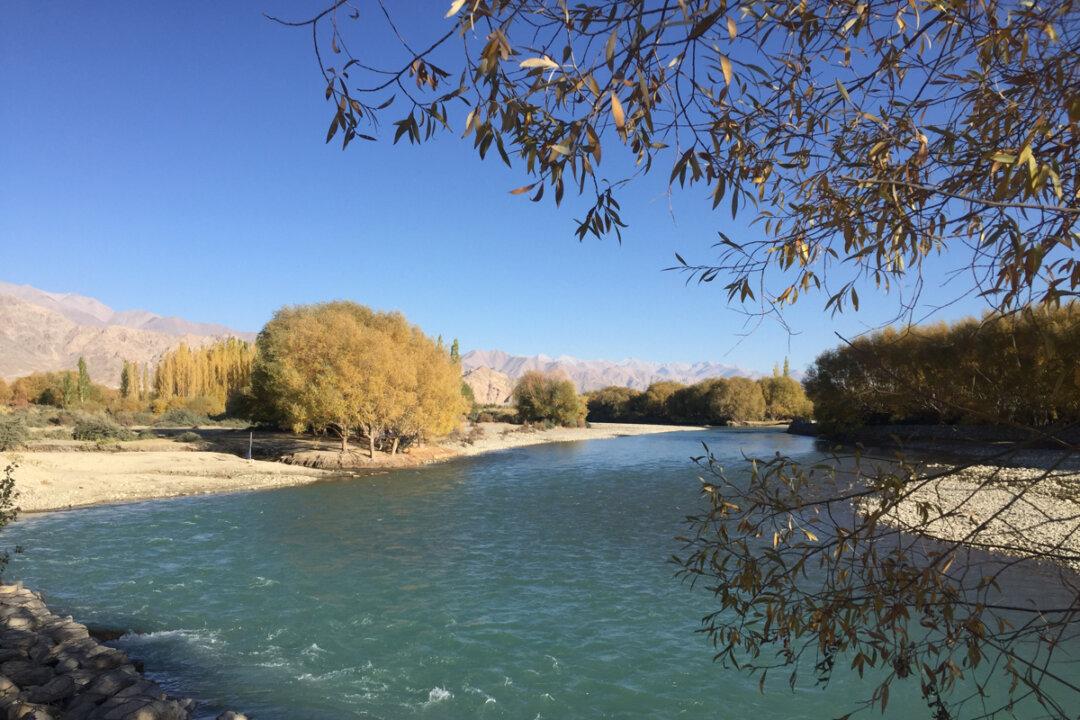LEH, India—The Indus River system sustains over 200 million people in Asia. But its ecosystem is fragile, and the depletion of the habitat of the Snow trout, a fish native to the river, warns of greater changes regarding the health of the river itself, according to experts.
The Indus originates in Tibet, crosses the disputed India-China border, meanders through Leh-Ladakh before entering the disputed territory between India and Pakistan in Gilgit, and finally flows through Pakistan before joining the Arabian sea.





